The 18TB drive is expected in the first half of 2020, while the 20TB will launch late in the year.




Circa 2017
Today, lithium is the active ingredient in batteries that power smart phones, laptops, and cars. But because of the price of lithium, researchers have been looking for another, more abundant element that could replace it. Several start-ups and established companies have tackled the idea of developing rechargeable batteries in which the active ingredient is sodium, lithium’s neighbor on the periodic table.
Besides its availability, sodium has several other important properties—not the least of which is its resistance to catching on fire. What’s more, “It was a good candidate because it could store a similar amount of energy as compared to lithium,” remembers Minah Lee, who does research on sodium batteries at Stanford University.
Today a number of companies are working on developing sodium batteries with the ultimate aim of replacing lithium as the key ingredient. The CNRS, The National Center for Scientific Research in France, recently announced the creation of Tiamat, a start-up company based in Amiens, France, that will develop and bring to the market a sodium rechargeable battery by 2020. CNRS says the battery will be designed in the widespread industrial 18650 format.

Oxford University researchers have, for the first time, generated a massive 10 billion entangled bits in silicon, taking an important step towards a real world quantum computer.
The researchers cooled a piece of phosphorus-doped silicon to within one degree of absolute zero and applied a magnetic field. This process lined up the spins of one electron per phosphorus atom. Then the scientists used carefully timed radio pulses to nudge the nuclei and electrons into an entangled state. Across the silicon crystal, this produced billions of entangled pairs.
Stephanie Simmons, researcher and lead author on the paper Entanglement in a solid-state spin ensemble — published in Nature, says that quantum computers really start to give classical computers a run for their money at a few dozen qubits, but her team is working to skip that stage altogether by going directly from a two-qubit system to one with 10 billion.
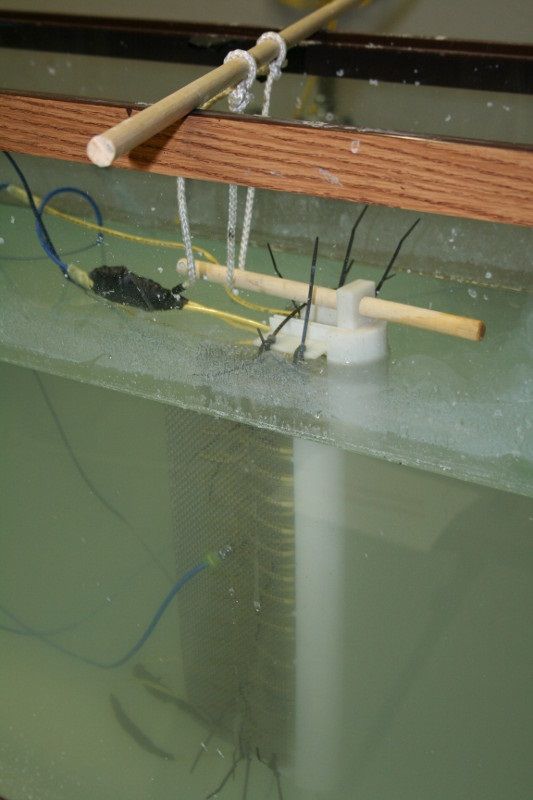
We could essentially control water at the coast lines with magnetism keeping it from eroding things.
Fuel-efficient ships that produce no wakes could soon be a reality thanks to computer simulations of “water cloaks” done by two researchers in the US. Yaroslav Urzhumov and Dean Culver of Duke University have shown that ions present in ocean water can be accelerated by electromagnetic waves in such a way that any turbulence created by sea-going vessels is cancelled out. Their work offers new opportunities for creating ships with greater propulsion efficiency – and could also be used to make vessels that are harder to detect.
“This cloaking idea opens a new dimension to create forces around an underwater vessel or object, which is absolutely required to achieve full wake cancellation,” says Urzhumov.
Guiding waves
Initial ideas for a water cloak were based on developing a specially designed metamaterial to coat the hulls of ships. Metamaterials are more common in optics and acoustics and comprise structures that can bend light or sound waves in ways not possible with conventional materials. In 2011, Urzhumov and colleagues hoped to develop a porous material interspersed with a complex network of miniscule pumps, to act as a metamaterial for guiding water waves. It was hoped that the system could cancel-out any turbulence caused by a moving vessel.
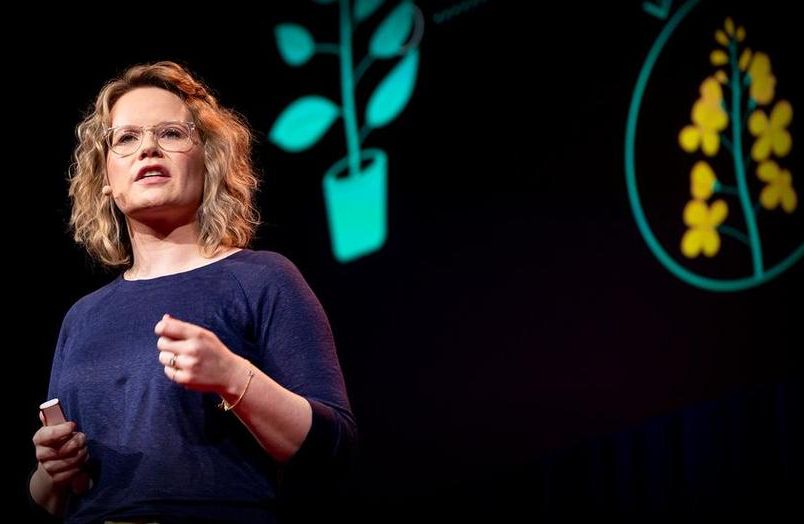
The cells in your body are like computer software: they’re “programmed” to carry out specific functions at specific times. If we can better understand this process, we could unlock the ability to reprogram cells ourselves, says computational biologist Sara-Jane Dunn. In a talk from the cutting-edge of science, she explains how her team is studying embryonic stem cells to gain a new understanding of the biological programs that power life — and develop “living software” that could transform medicine, agriculture and energy.
This talk was presented at an official TED conference, and was featured by our editors on the home page.
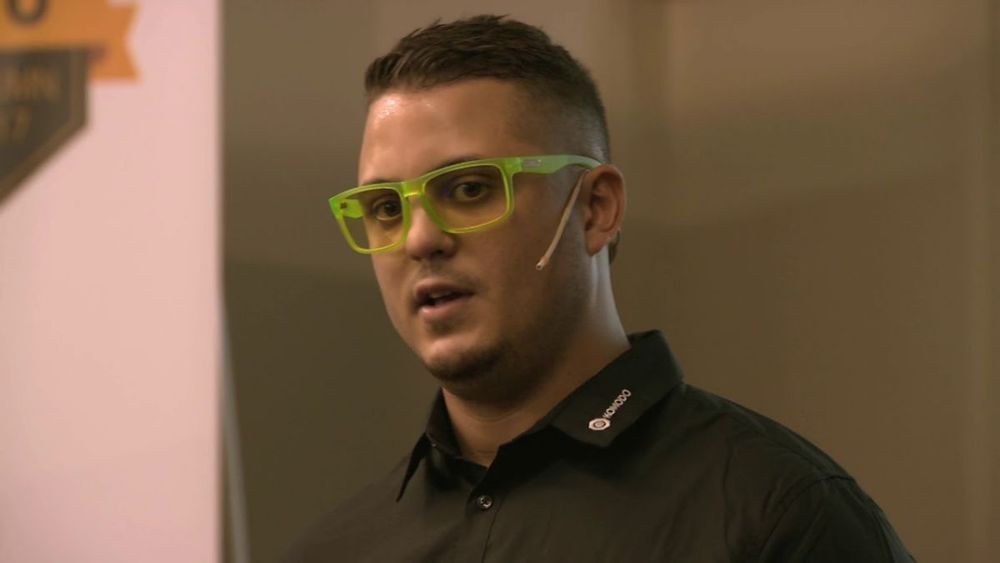
Stadelmann said that Komodo is similar to Ethereum but it is 100% independent, free and open-sourced platform.
“As the world is getting digitised, it is all based on binary digits. Binary digits can have either 1 (on) or 0 (off). We don’t speak of bits anymore but quantum qubits or quantum bits, which can be in both 1 and 0 states at the same time. This qubit can attain so many states at the same time and they are also able to process calculations at a much faster rate than classical computers,” he said.
As a blockchain platform, Stadelmann said that Komodo is trying to solve the problem and has implemented quantum-safe cryptographic solutions for the past couple of years which will not be able to crack cryptographic signatures.
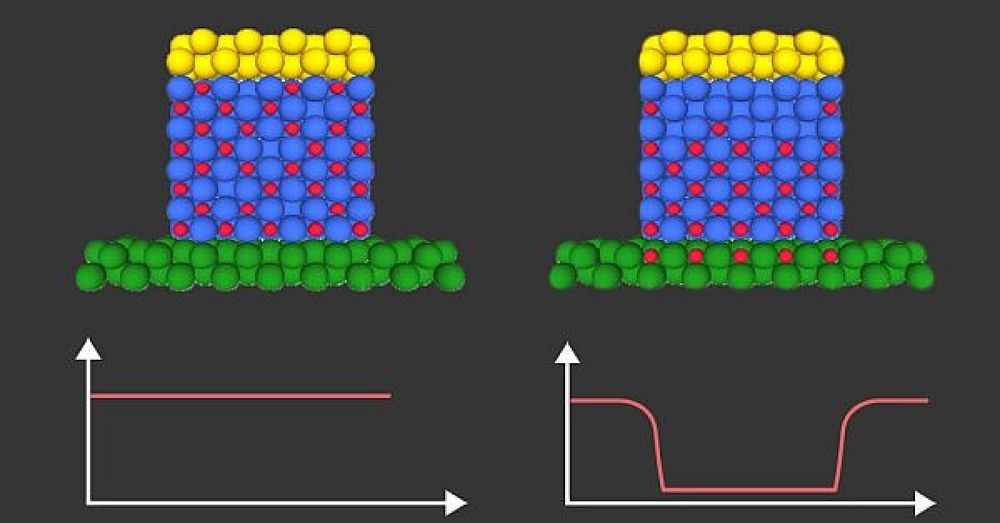

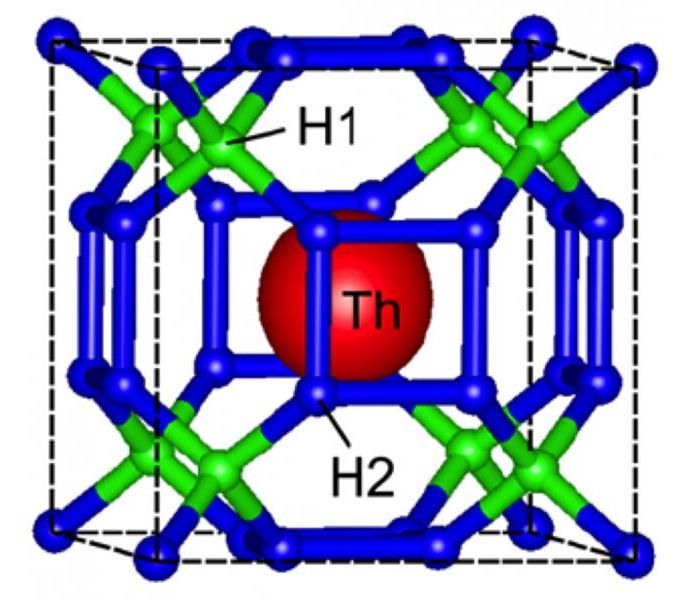
A group of scientists led by Artem Oganov of Skoltech and the Moscow Institute of Physics and Technology, and Ivan Troyan of the Institute of Crystallography of RAS has succeeded in synthesizing thorium decahydride (ThH10), a new superconducting material with the very high critical temperature of 161 kelvins. The results of their study, supported by a Russian Science Foundation grant, were published in the journal Materials Today on November 6, 2019.
A truly remarkable property of quantum materials, superconductivity is the complete loss of electrical resistance under quite specific, and sometimes very harsh, conditions. Despite the tremendous potential for quantum computers and high-sensitivity detectors, the application of superconductors is hindered by the fact that their valuable properties typically manifest themselves at very low temperatures or extremely high pressures.
Until recently, the list of superconductors was topped by a mercury-containing cuprate, which becomes superconducting at 135 kelvins, or −138 degrees Celsius. This year, lanthanum decahydride, LaH10, set a new record of −13 C, which is very close to room temperature. Unfortunately, that superconductor requires pressures approaching 2 million atmospheres, which can hardly be maintained in real-life applications. Scientists, therefore, continue their quest for a superconductor that retains its properties at standard conditions.